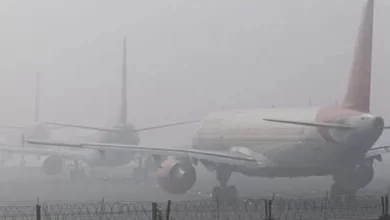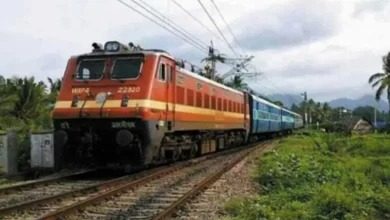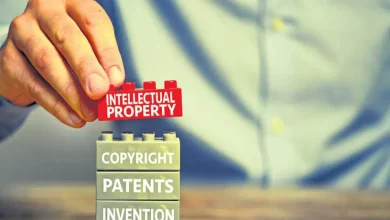Cash sales at petrol pump spike to 90 per cent as customers rush to use Rs 2,000 notes
Cash purchase of fuel at petrol pumps using Rs 2,000 notes has spiked to almost 90 per cent of daily sales
Cash purchase of fuel at petrol pumps using Rs 2,000 notes has spiked to almost 90 per cent of daily sales
New Delhi: Cash purchase of fuel at petrol pumps using Rs 2,000 notes has spiked to almost 90 per cent of daily sales as buyers rushed to tender the withdrawn currency notes.
Petrol pump dealers said cash sales before the surprise announcement on Friday of the withdrawal of the Rs 2,000 note was only 10 per cent, but now customers were using the withdrawn note to make small purchases of Rs 100/200, expecting petrol pumps to return change.
They have now asked the Reserve Bank to instruct banks to provide enough small denomination notes to help serve customers smoothly.
“Majority of the customers are trying to use Rs 2,000 notes even for small purchases of Rs 100-200 and are expected change from the petrol pumps and hence the petro outlets are extremely short of change across the country,” All India Petroleum Dealers Association president Ajay Bansal said in a statement.
It said the petrol pump dealers have been requesting customers to use the card or digital payment for fuel purchases.
“Before this Rs 2,000 withdrawal, we used to receive only 10 per cent of our cash sales through Rs 2,000 notes, but now almost 90 per cent of cash received at our outlets is in the form of Rs 2,000 notes only, and we have to deposit the same in banks on daily basis,” it noted.
Petrol pumps and some other daily essential services were allowed to accept old 500 and 1,000 rupee notes after November 8, 2016, demonetisation of nearly 86 per cent of the currency notes. Petrol pumps, however, soon turned into outlets to launder banned currency notes, leading to the government prematurely withdrawing the facility.
This time too petrol pumps have become outlets to get the withdrawn currency out.
“We also request the RBI to give guidelines to banks for providing enough small denomination notes, especially to petrol pumps in lieu of Rs 2,000 notes, so that we can smoothly service our customers,” Bansal said.
He expressed apprehension that petrol pump dealers would again face problems as they did during the 2016 demonetisation when most dealers got income tax notices or were raised “without any fault” of theirs.
“Also the digital payments, which used to be 40 per cent of our daily sales, have suddenly gone down to 10 per cent of daily sales, and our cash sales have increased dramatically, as customers are desperately trying to use Rs 2,000, which will again create trouble for us with income tax authorities,” he said.
The Rs 2,000 currency notes constitute around 10.8 per cent of total currency in circulation or Rs 3.6 lakh crore. The notes can be exchanged or deposited till September 30, 2023.
Compared to demonetisation, this time, the quantum of currency being withdrawn is significantly smaller and the period to complete the process is more spread out.
In November 2016, 85 per cent of the currency in circulation was withdrawn, with old 500 and 1,000 rupee notes ceasing to be legal tender. The entire process was completed over a shorter time period.
This time a small quantity of currency in circulation will be impacted (10.8 per cent), and the Rs 2,000 note remains legal tender. The entire process will be completed by September 2023.







